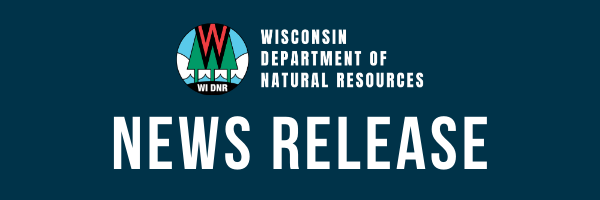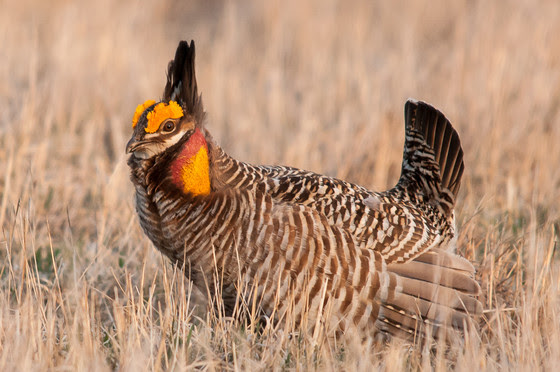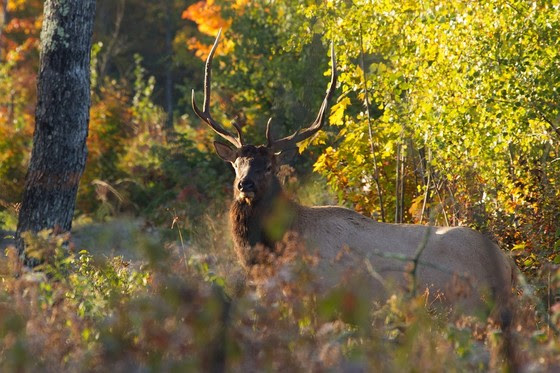|
FOR IMMEDIATE RELEASE: Jan. 14, 2022
Contact: Caitlin Williamson, Director of Conservation Programs
Caitlin.Williamson@wisconservation.org or 608-409-3109
Anne Reis, DNR Public Lands Specialist
Anne.Reis@wisconsin.gov or 608-279-6483
Grants From Cherish Wisconsin Outdoors Fund
Will Help Improve Public Lands
In Bayfield And Walworth Counties
Two More Wins For Hunters, Anglers And Wildlife Watchers

Lulu Lake State Park in Walworth County, pictured, and White River State Fishery Area in Bayfield county will receive grants from the Cherish Wisconsin Outdoors Fund, a permanent endowment that supports Wisconsin’s public lands. / Photo Credit: Wisconsin DNR
MADISON, Wis. – The Wisconsin Department of Natural Resources (DNR) today announced that funding from the Cherish Wisconsin Outdoors Fund will help improve public lands in Bayfield and Walworth counties thanks to a successful partnership between the department and the Natural Resources Foundation of Wisconsin.
“Donations from hunters, anglers and nature enthusiasts to the Cherish Wisconsin Outdoors Fund make restoration and management work at places like important natural, fish and wildlife areas possible,” said David Clutter, Executive Director of the Natural Resources Foundation of Wisconsin. "As the Cherish Fund continues to grow thanks to generous contributions by individuals, the positive impact on Wisconsin's natural resources will grow in kind."
The Cherish Wisconsin Outdoors Fund, a permanent endowment benefiting Wisconsin’s public lands, will make its third disbursement for the White River Fishery Area in Bayfield County and Lulu Lake State Natural Area in Walworth County.
“The Cherish Wisconsin Outdoors Fund continues to grow and is currently over $1.5 million," said DNR Assistant Deputy Secretary Steven Little. "This funding helps critical habitat improvement projects on DNR-managed lands for all to enjoy."
The two selected projects for this year represent high-priority habitat restoration work from across the state. Funding for the Bayfield County project will be critical in restoring riparian areas along the South Fork of the White River, a state-designated Outstanding Water Resource. The final funding for the projects is $31,689.
“These Cherish Funds will be used to enhance recreational opportunities, like fishing and hunting, along this important stream by removing invasive shrubs,” said Cristopher Sand, the DNR’s Property Manager for the White River Fishery Area.
In Walworth County, the funds will aid oak savanna restoration efforts at Lulu Lake State Natural Area, a premier property in one of the state's most populated areas.
“Lulu Lake State Natural Area contains a diverse mosaic of habitats that host an impressive variety of plant and wildlife species,” said Pete Duerkop, DNR District Ecologist for the Natural Heritage Conservation Program. “The Cherish-funded restoration efforts will afford unique and enhanced opportunities for wildlife observation, hiking and other recreation in addition to providing a haven for rare species.”
Projects were chosen through a grant application process and reviewed by an engaged stakeholder group including Backcountry Hunters and Anglers, Natural Areas Preservation Council, Pheasants Forever, Rocky Mountain Elk Foundation, Ruffed Grouse Society, Trout Unlimited, Wisconsin Bird Conservation Partnership and the Wisconsin Conservation Congress. The DNR and the Natural Resources Foundation are grateful for these organizations’ involvement.
About The Cherish Wisconsin Outdoors Fund
Created in 2012 by an act of the Wisconsin State Legislature, the Cherish Wisconsin Outdoors Fund is a public-private partnership that provides a permanent source of funding to care for Wisconsin’s public lands for generations to come.
Established to protect, restore, and improve habitat for Wisconsin's plants and animals, the Fund also provides an opportunity for the public to invest in the public lands and waters where they recreate.
The Cherish Fund is built through voluntary contributions from the public when they purchase their hunting and fishing licenses through the DNR’s Go Wild license portal. Individuals can also donate directly to the Cherish Fund through the Natural Resources Foundation of Wisconsin. Donating to the Cherish Wisconsin Outdoors Fund is a great avenue for the public who do not typically buy annual fishing and hunting licenses to contribute to the management and restoration of essential Wisconsin animal habitat.
Learn more at CherishWisconsin.org.
About The Natural Resources Foundation Of Wisconsin
The Natural Resources Foundation of Wisconsin is a private nonprofit 501c3 organization nonprofit organization that connects generations to the wonders of Wisconsin’s lands, waters and wildlife through conservation, education, engagement and giving. Since 1986, the Foundation has contributed nearly $10 million to public and private conservation efforts to protect Wisconsin's lands, waters and wildlife.
The Foundation currently holds more than 100 endowment funds with more than $10 million in assets dedicated to conserving lands, protecting wildlife and promoting conservation in Wisconsin in perpetuity.
The Foundation coordinates programs designed to connect people to the land by exploring significant sites and getting expert-led tours of some of our state’s most important conservation projects. The Foundation is proud to partner with more than 500 conservation partners throughout Wisconsin county.
Learn more about the Natural Resources Foundation of Wisconsin at WisConservation.org.
|

















